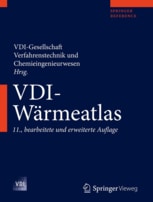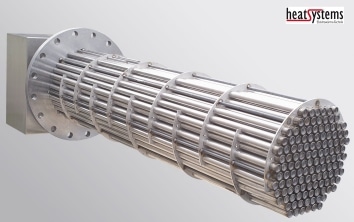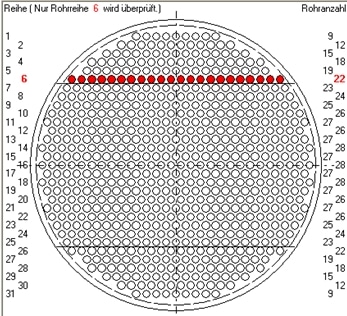
Integrate proven calculations based on the VDI Heat Atlas in your ANSYS simulation
Via the interface, parameters of the ANSYS simulation can be set with
values of the LV program in both directions:
Transfer from ANSYS to LV and from LV to ANSYS. The creation of such a link
is very easy via drag and drop.

With the electric heater module package,forced-flow shell-and-tube heat exchangers
for liquid and gaseous media can be designed thermally and
at any time. The maximum heating rod temperature is calculated and
compared with the maximum film temperature for thermal oils. The maximum
shell temperature is calculated for gaseous media. The radiation
of the outermost heating rods on the shell and the
cooling of the jacket by the gas are taken into account.
The theoretical basics of heat transfer refer to the VDI Heat Atlas 12th edition and HEDH (Heat Exchanger Design Handbook) as well as special research reports.

Until now, the RBSA module has been used for simplified vibration analysis, but it only covers the “vortex excitation” part. The vibration excitation by fluid-elastic instability and turbulence excitation was not investigated. That is why LV has taken over the Good Vibrations program from Prof. Gelbe 2010 and has always adapted it to the current standard. It calculates the tube loads for the excitations:
- Fluid-elastic instability: weighted maximum speed
- Turbulence excitation: Weighted maximum amplitude
- Vortex excitation: Weighted maximum amplitude for the most endangered tube row,
whereby the axial velocity distributions in the individual
flow sections (inlet, outlet, window zone) are automatically
calculated and weighted with the natural vibration modes of the pipes.
Dieser Beitrag ist auch verfügbar auf:
 Deutsch (German)
Deutsch (German)